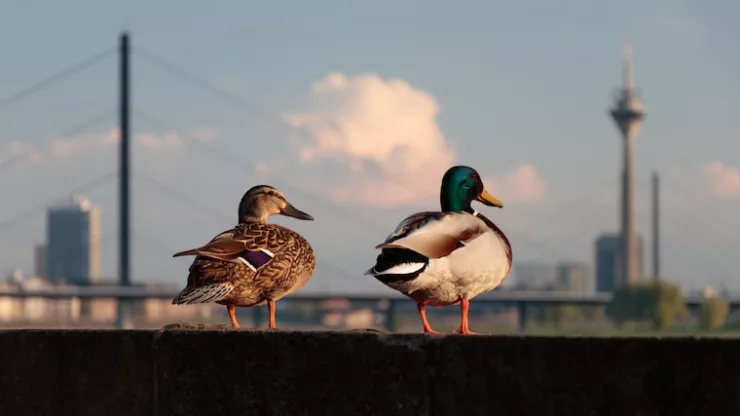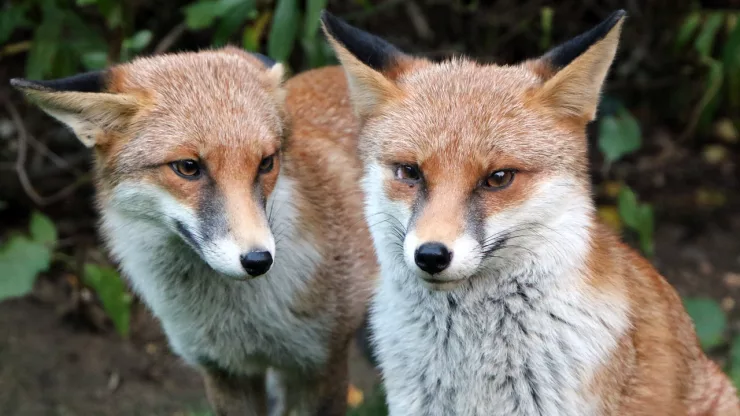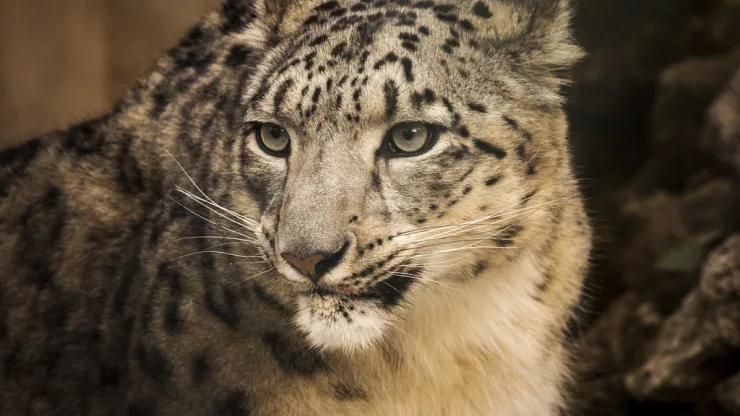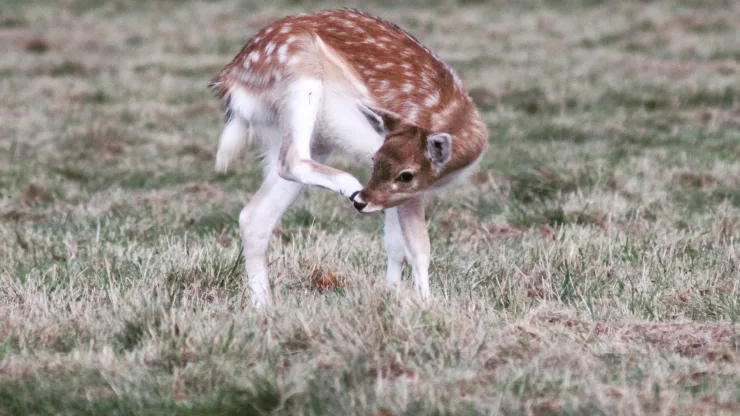Jump to Section
Zoos and Wildlife Rehab
Zoos and wildlife rehabilitation centers both play a vital role in the care and conservation of animals.
While zoos aim to educate and entertain the public about wildlife, wildlife rehab centers aim to rescue, rehabilitate, and release animals back into their natural habitats.
Both require expert care from professionals who are trained in veterinary medicine and animal management.
Comparative Study: Zoo Vets vs Rehab Experts
Zoo veterinarians and wildlife rehab experts both have a deep understanding of animal behavior and physiology.
However, their roles differ in several ways.
Zoo vets work with captive animals in a controlled environment, while rehab experts work with wild animals in need of medical attention.
Here are some key differences between the two:
Zoo Veterinarians:
- Focus on preventative care
- Work with a variety of species
- May conduct research and participate in conservation efforts
- Collaborate with animal care staff and exhibit designers
Wildlife Rehab Experts:
- Focus on emergency and critical care
- Work with specific species and populations
- May participate in rescue and release efforts
- Collaborate with government agencies and other wildlife organizations
Challenges in Urban Settings
Both zoos and wildlife rehab centers face unique challenges in urban settings.
Zoos must balance the needs of captive animals with the needs of visitors, while wildlife rehab centers must navigate urban development and habitat loss.
These challenges can lead to increased stress and health issues for animals.
One example of a challenge facing urban wildlife rehab centers is the impact of light pollution on bird populations.
A study conducted in Chicago found that birds migrating through the city were disoriented by bright lights, causing them to collide with buildings and other structures.
Wildlife rehab experts in urban areas must be aware of these types of threats and take steps to mitigate them.
Inspiring Conservation Efforts
Despite the challenges they face, both zoos and wildlife rehab centers play a critical role in conservation efforts.
Zoos educate the public about endangered species and participate in breeding programs to help maintain genetic diversity.
Wildlife rehab centers rescue and rehabilitate injured and orphaned animals, helping to maintain healthy populations in the wild.
One inspiring example of conservation efforts is the work of the Wildlife Conservation Society, which operates both zoos and wildlife rehab centers.
The organization has a mission to save wildlife and wild places worldwide, and their efforts have helped to protect numerous species from extinction.
FAQ
What is the main difference between zoos and wildlife rehab centers?
Zoos aim to educate and entertain the public about wildlife, while wildlife rehab centers aim to rescue, rehabilitate, and release animals back into their natural habitats.
What challenges do zoos and wildlife rehab centers face in urban settings?
Zoos must balance the needs of captive animals with the needs of visitors, while wildlife rehab centers must navigate urban development and habitat loss.
How do zoos and wildlife rehab centers contribute to conservation efforts?
Zoos educate the public about endangered species and participate in breeding programs to help maintain genetic diversity.
Wildlife rehab centers rescue and rehabilitate injured and orphaned animals, helping to maintain healthy populations in the wild.
I’m a nature enthusiast and creator of Metro Wilds and have spent years exploring the great outdoors.
With a passion for environmental conservation and sustainability, I have dedicated my career to writing about the beauty and wonders of nature, as well as the threats facing our planet.
Contact me at [email protected] for assistance.





